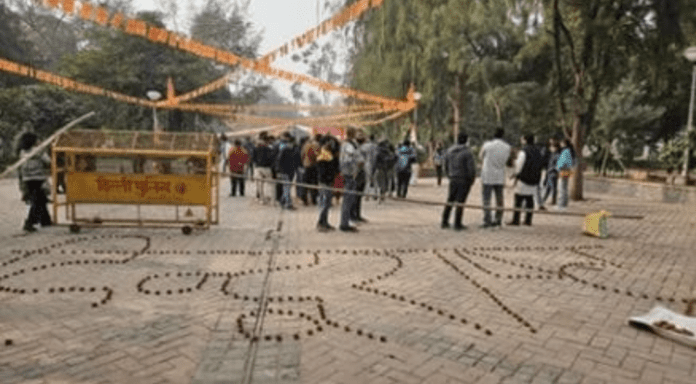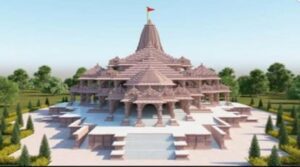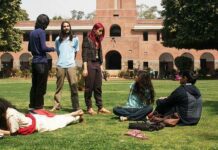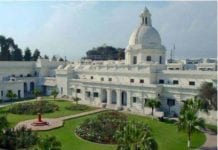The term ‘Saffronisation’ recently resonated in Delhi University’s North Campus. That is Saffronisation in Delhi University, On January 22, 2024, the campus witnessed an unprecedented surge orchestrated by ABVP, the RSS student-wing. Saffron flags, ’tilaks,’ and ‘Jai Shree Ram’ chants painted a vivid picture of a campus transformed by cultural and religious expressions.
Table of Contents
The Saffron Surge: A Campus Transformed
The campus draped in saffron symbolized fervent expressions of cultural and religious identity. Saffron flags, ’tilaks,’ and diya-lit messages of ‘Hindu Rashtra’ adorned every nook, painting a picture of a campus transformed by saffron hues.
Pran Pratistha Ceremony: A Historic Moment
The epicenter of this saffron wave was the Pran Pratistha Ceremony in Ayodhya, a moment awaited by generations. The live screening at North Campus echoed with ‘Jai Shree Ram’ slogans, and the celebration extended to the establishment of a miniature Ram Mandir within the campus.
Divergent Views: Campus Divided
As the saffron wave swept through the campus, opinions within the student community diverged. The Faculty of Law, in a distinct move, unfurled the tricolor on January 23, emphasizing constitutional ideals as an alternative narrative to the saffron surge.
Ram Mandir Pran Pratishtha: DU Declares Half-Day Holiday
Alternative Voices: Absence and Concerns
The dominance of ABVP flags raised concerns about the absence of alternative student parties in the celebration. Questions arose regarding the inclusivity of such events and the necessity of diverse perspectives within the campus narrative, challenging the narrative of unbridled saffronisation.
Saffronisation in Delhi University’s Education: A Gradual Unveiling
Beyond the celebratory events, the saffronisation debate delves into education. The Pran Pratistha Ceremony acted as a catalyst, exposing the deeper issue of saffronisation in education. The gradual infiltration, initiated with the National Education Policy, marked a significant turning point.
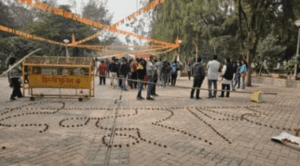
Campus Controversies: Saffron Flags vs. National Identity
Critics argue against the display of saffron flags overtaking the Indian flag on campus buildings. The plea for a secular space led students to urge the administration to remove saffron flags, emphasizing the need for public-funded educational spaces to remain neutral.
Hindutva Debate: Unity or Dominance?
The celebration ignited a broader debate on Hindutva, with right-wing parties portraying it as a force of unity and national pride. However, critics question the association of religious symbols with political ideologies and the potential impact on secular education.
Introduction of Bhagavad Gita Course at Ramanujan College sparks controversy
Ram Mandir Celebration: United India or Hindutva Dominance?
The mass participation of students in ethnic attire during the celebration raises pivotal questions. Is the Ram Mandir celebration a symbol of a united India, or does it signify the dominance of Hindutva ideologies within the campus and the nation?
Saffronisation in Delhi University on January 22, 2024, presents a complex tapestry of cultural and political dialogues. The saffron wave, though met with jubilation by many, sparks debates about inclusivity, neutrality, and the delicate balance between religious and secular narratives. As the campus grapples with these questions, the saffronisation debate leaves an indelible mark on the cultural landscape of Delhi University.

